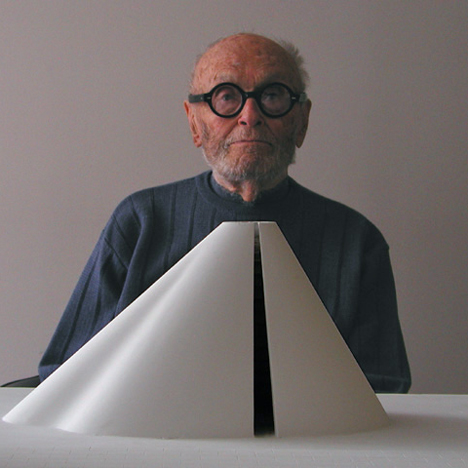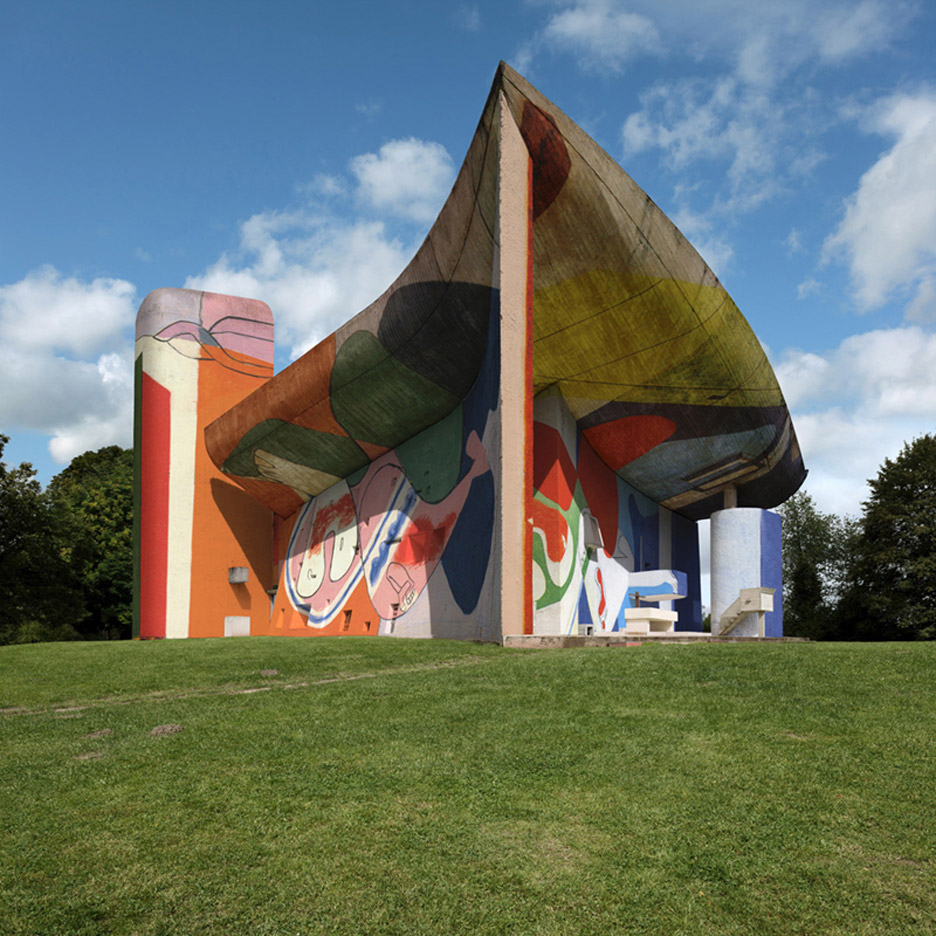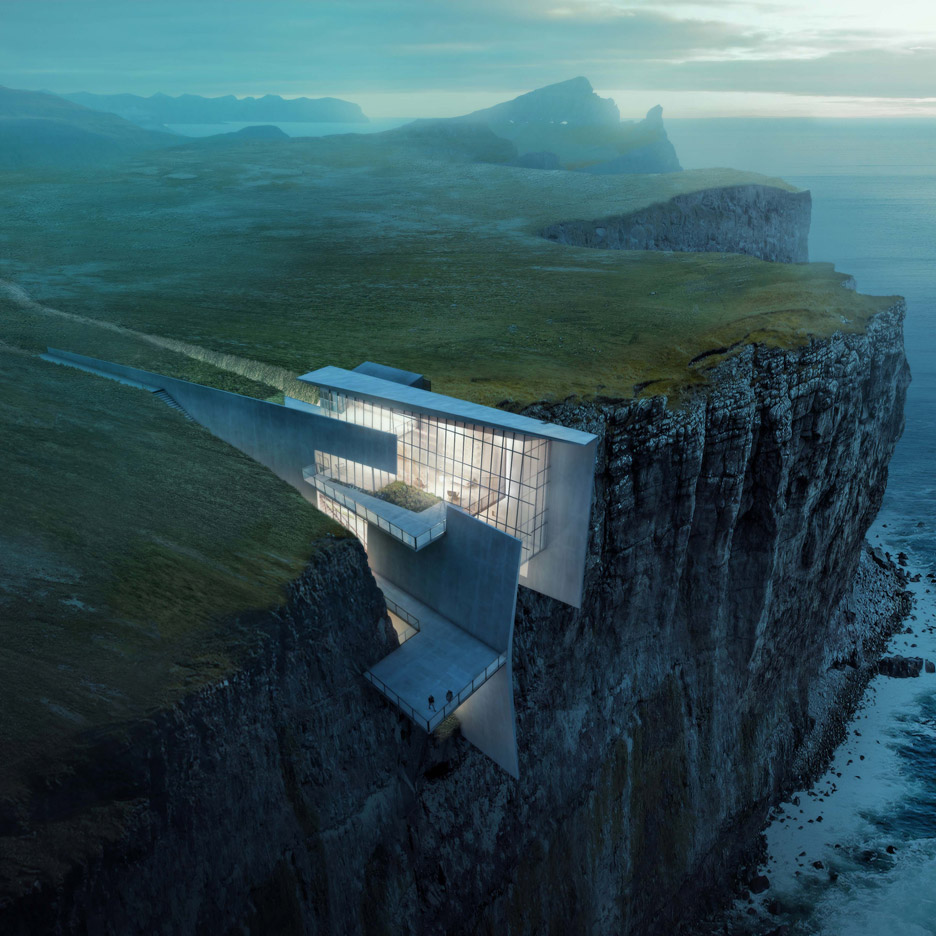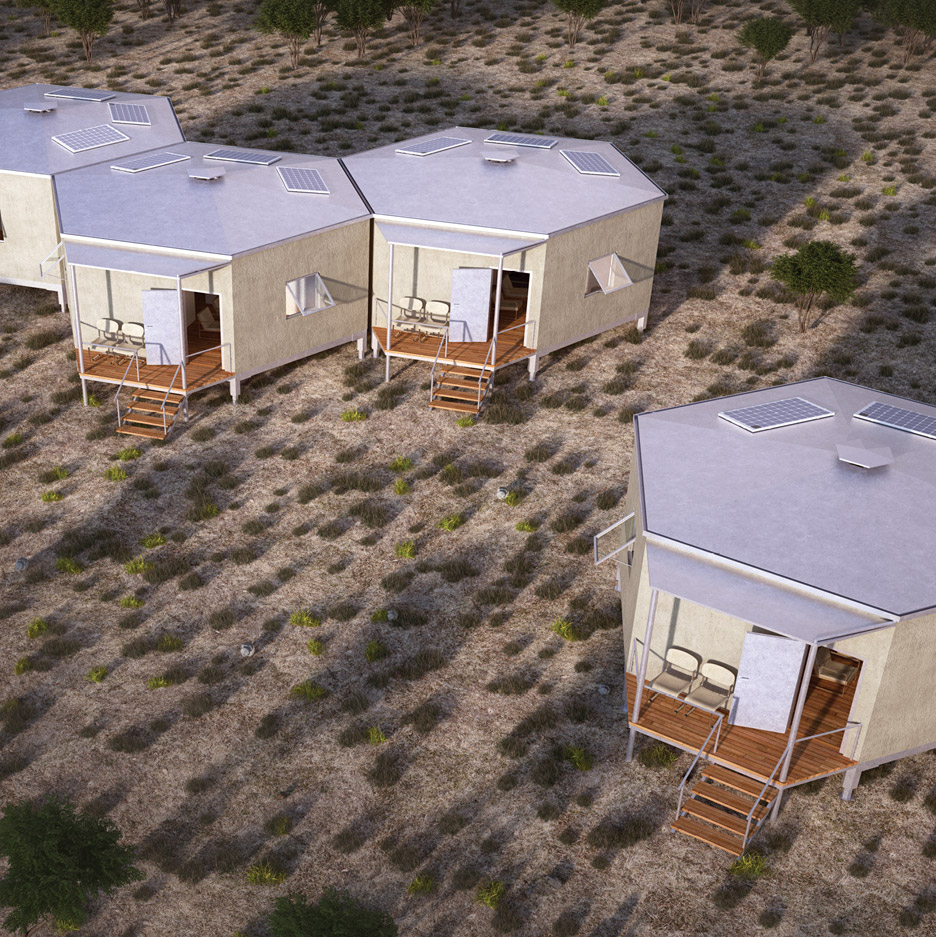
"You can easily be a bad person and a great architect"
Comments update: Pritzker Prize-winning architect Philip Johnson was an impassioned supporter of Nazism, according to a new book, but should this change our appreciation of his architecture?
Nazi past: American journalist Marc Wortman has chronicled Johnson's role in promoting the Nazi agenda in the US in his new book. But many readers were underwhelmed by the revelations.
"Maybe I have no soul, but to me this doesn't mean anything," wrote Jan Limon. "Millions supported the Nazis at the time and they were both ignorant and in denial about exactly what evil was taking place."
"We have to remember figures like Mies [van der Rohe] and Le Corbusier were also at least ambivalent towards Fascism," added Davide. "Fascism and Modernism – especially early Modernism – did have some common ground in their strive for permanent, radical, functional methods that essentially disregarded human conditions."
"You can easily be a bad person and a great architect," concluded Owens. "Are the pyramids viewed unfavourably for (presumably) being created by slaves?" Read the comments on this story »

Graffiti gaff: the idea of defacing Le Corbusier's seminal Chapel of Notre Dame du Haut with graffiti was distasteful to some readers, even if the images were just computer generated.
"I'm sorry but I just cannot stomach this," wrote Kay. "I don't think Le Corbusier would enjoy looking at these photos either."
"Didn't he unlawfully graffiti a house by Eileen Gray?" replied Chris. "He was no saint."
For others, the fictional images by photographer Xavier Delory had the effect of reducing an iconic structure into something more mundane.
"It looks really awful and reminds me of the terrible graffiti that disfigures many of our walls and trains," said Jan. Read the story and comments »

Tech talk: furniture brands could disappear if they don't integrate technology into their designs, warned American architect and designer Greg Lynn during Milan design week, who showcased a high-tech chair for sports brand Nike. Readers were unconvinced by his arguments.
"Do you really believe that everyone wants to be immersed in technology 24/7?" asked regular commenter Concerned Citizen.
"This is rubbish talk," added Spadestick. "We still prefer a Wegner chair over tech crap any day."
Others weren't sure users would want to be reminded of their weight every time they sat on a chair, while one commenter described the integration of technology into furniture design as "dystopian". Read the comments on this story »

Cliffhanger: a conceptual concrete retreat cut into the edge of a remote clifftop in Iceland quickly became one of last week's most-discussed stories, prompting a debate about the attention commenters pay to the articles they're responding to.
"The house is stunning but why architects insist on destroying such amazing sites boggles my mind," wrote a guest commenter calling themselves Boom.
"I'm wondering how many people who've commented have read the actual article," replied a guest commenter. "It's about showcasing visuals and the communication of ideas rather than the feasibility or practicality of the designs."
"It boggles my mind to see how many people would comment on Dezeen without even reading the article," added the commenter.
"Nobody made it past the first sentence," replied Alex. "To me these will always be renderings only, and no-one is planning on destroying any seaside cliff." Do people pay enough attention to the stories they read online? Let us know what you think in the comments section »

Refuge for refugees: Minnesota-based Architects for Society responded to the ongoing refugee crisis with a prototype for a rapidly deployable dwelling.
Despite praising the company for responding to the humanitarian crisis, some readers were confused by the shape of the design.
"I'm not sure if hexagonal structures have a structural advantage significant enough to justify the geometric disadvantages," wrote Davide. "It's obvious it doesn't allow for the most effective room layouts, and I doubt it's of great help for forming clusters."
"At least we see [an attempt at] design in this refugee crisis," responded Armelle. "Camps are popping up and architects should be here to help for their design." Read the comments on this story »